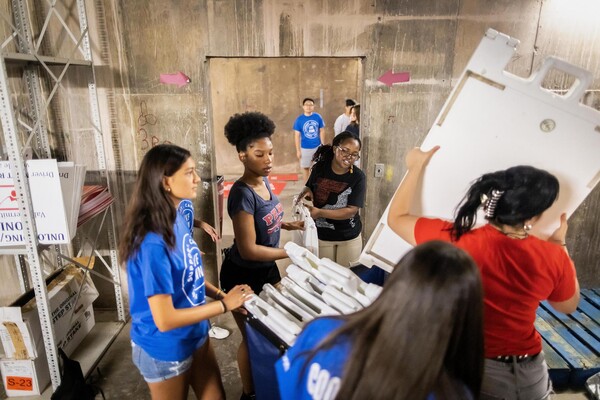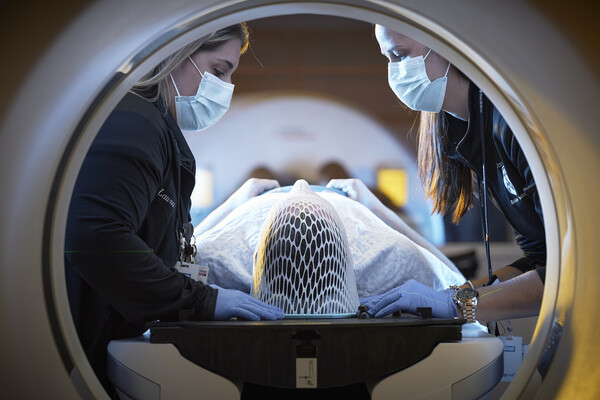Caveman research serves justice
How did a guy who studies Neanderthals for a living end up helping to exonerate a 15-year-old wrongly accused of rape? Alan Mann, a professor of anthropology and the curator of the physical anthropology collection at the University of Pennsylvania Museum, starts from the beginning.
“Basically, my interest is to find out whether Neanderthals are related to us or not,” Mann explained. There is much scholarly debate about whether Neanderthals, who lived in Europe between 150,000 and 30,000 years ago, were our ancestors. Some scholars believe they were a separate species that simply died out. Mann believes we don’t have enough information.
Last August, Mann; Morrie Kricun (GM’79), professor of radiology; and Janet Monge (Gr’90), an adjunct assistant professor and the keeper of the Museum’s physical anthropology collection, published “The Krapina Hominids: A Radiographic Atlas of the Skeletal Collection.” It was their study of Neanderthal remains in Croatia, the largest sample ever found.
“We think that the incremental addition of data like this will ultimately give us an answer about what the Neanderthals were all about,” Mann said.
As another part of his work on Neanderthals, Mann studies the variation in living human populations. “Are Neanderthals part of that range of variation or are there a greater set of differences marking Neanderthals than marking, say, the difference between Southern Europeans and Northern Europeans, or Europeans and Africans, or Asians and Australians?” Mann’s research is attempting to answer that question.
So how does this all connect to his forensic work?
“What I’m studying is the nature of what makes us human in our physical traits,” Mann explained. “We can look at much the same stuff in the course of forensic studies.”
He and Monge have been asked on many occasions to look at surveillance photographs of people accused of bank robbery, passing bad checks or holding up a convenience store. Mann said his training allows him to notice things that most people — especially when they are under stress — might not.
“Very often eyewitnesses make incorrect identifications,” Mann said. “They don’t focus on individual features like earlobes, the chin, the cheek, widow’s peak and hairline, things like that.”
In the case of 15-year-old Gregory Wilburn, a zealous public defender and the work of Mann and Monge helped exonerate him. They showed that Wilburn’s forehead, nasal bridge, chin and skull were markedly different from those of the man on a convenience store’s tape (the rapist had followed the victim out of the store and assaulted her some blocks away). That prompted the district attorney’s office to reopen the case. Investigators found overlooked DNA evidence, which exonerated Wilburn, on the victim’s underwear.
His work on this case, Mann said, is among “the best things I’ve ever done” in his forensic work. He noted that he and Monge take defense cases exclusively and only when they believe the defendant is innocent.
“Virtually every one of the cases that we work on are poor people who are almost always defended by a public defender,” Mann said. Very often he is not paid.
“I don’t know why I do it,” Mann said when asked. “Each time we do it, Monge and I say to ourselves, This is the last one. And then another one comes along and we say, You know, maybe we can help this guy.”







